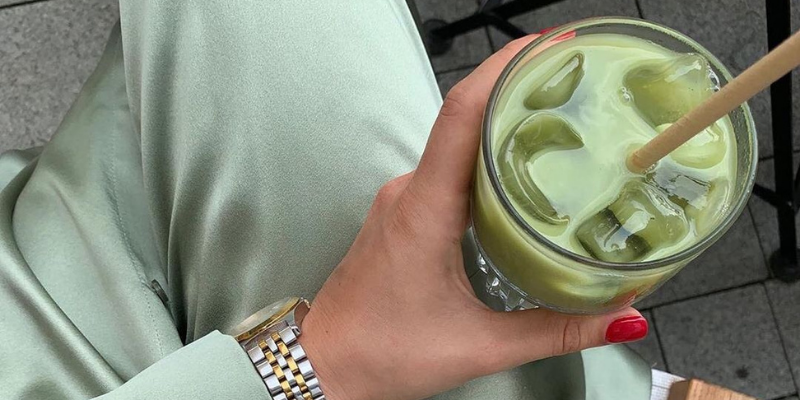Words by Dr. Vera Matta of Elborno Clinic
When it comes to your diet, it is not a quick fix, it’s about longevity. What you will earn is measured, not in pounds or in inches, but in what you will gain, a sharper, clearer mind, a body that can power the actions your mind dreams up for you, a confidence that comes from knowing yourself, caring for yourself and respecting yourself.
The rewards of healthy nutrition are continuous and evolving. The work is continuous and it’s about using your discipline to make consistent choices that support your progress towards a goal that you have chosen, which is eating healthy, glowing from the inside out and growing old beautifully.
What to eat in your 20s and 30s?
During the childbearing years of the 20s and 30s, women must eat enough green vegetables to keep their bodies in track with sufficient folic acid, as this ultimately prevents birth defects in any babies. By ensuring that dark green leafy vegetables and folic acid supplements are a crucial aspect of any diet, pregnancy becomes a much easier process.
As bones aren’t completely formed in your teens, calcium continues to be a key element in anyone’s diet as it strengthens the body until the age of 30. Another essential element of any diet is vitamin D, which one can receive from the milk and sun along with magnesium as it helps with any period mood swings and it can be achieved by consuming spinach, peanuts, black beans, black rice and sea bass.
View this post on Instagram
What to eat in your 40s and 50s?
Many face major health problems in these years. Issues such as constipation can cause major discomfort and an increased fiber intake from 20 to 30 grams a day, can help solve this problem. Wrinkles caused by thin skin can be solved by consuming a lot of collagen-rich food like eggs, biotin, dairy products and omega 3, as this can preserve the elasticity of your skin and prevent any early signs of ageing. Good fats also act as an anti-inflammatory, as it decreases the risk of any heart disease including Alzheimer’s. As bone loss can also lead to osteoporosis later, it’s essential to get plenty of calcium and vitamin D. Women are recommended to have 1500 MG of calcium per day along with vitamin D as a supplement and avoid having sodas and coffee in access in order to prevent calcium excretion. In your 40s and 50, losing muscle mass also becomes an issue, however, it can be slowed down with exercising and strength training.
Over 60 years old…
Exercise continues to be a crucial aspect to your independence. It’s important to keep the body moving, the legs strong and overall bone mass stronger. In the same manner that growing human beings need more calcium, milk, yoghurt and green leafy vegetables. The absorption rates for vitamins maybe lower for older people, hence, it’s important to know how to enhance the absorption of the vitamins like taking iron with lemonade and vitamin D with olive oil. As the sense of taste in older people is not as sharp and appetite may decline, an exciting way to keep the meal interesting is by adding colourful food loaded with texture and flavour to solve this problem.
– For more on luxury lifestyle, news, fashion and beauty follow Emirates Woman on Facebook and Instagram
Feature image: Instagram @stylegator












